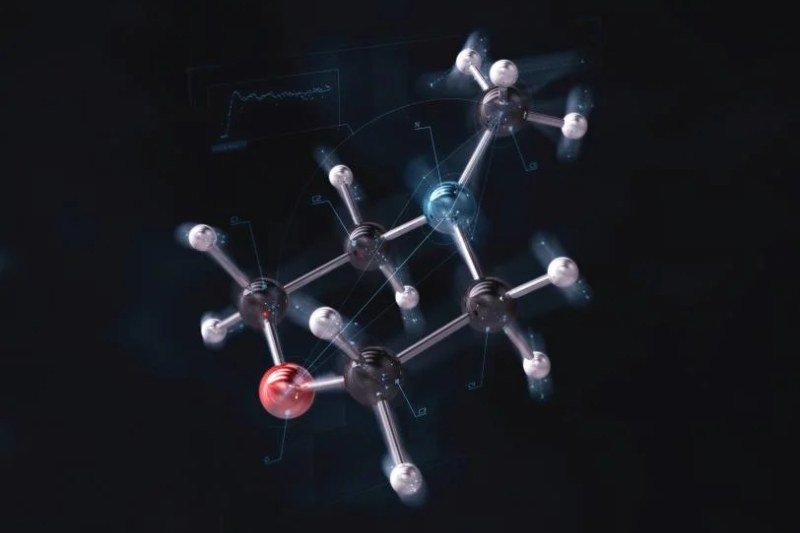Martin Centurion, a physicist from the University of Nebraska–Lincoln and member of the worldwide research team, said that the minute-long “molecular movie” is a significant step toward verifying theoretical predictions with real trials.
The remarkable efficiency with which molecules convert light into chemical energy and heat is a fundamental process that powers a wide range of chemical reactions, including photosynthesis and eyesight. Researchers are trying to figure out how this occurs.
“Because these reactions happen on the atomic scale, they’re very fast,” explained Centurion, the Carl A. Happold Professor of physics and astronomy. “It’s very difficult to observe. We want to measure these things as they’re happening.
“What will come out of our research is a better understanding and more accurate models of molecular reactions triggered by light.”
Though the atoms in molecules are always in a state of vibration, light has the ability to stimulate them into various structural configurations that lead to photochemical reactions. According to Centurion, in order to properly comprehend these processes, which are measured in femtoseconds, or trillionths of a second, researchers must combine theoretical and experimental methods. Combining both methods is a major step forward, and it was done here by capturing the reaction in animation.
In this study, the chemical under investigation is called o-nitrophenol. The group created a molecular movie by directly extracting the dynamic molecular structure of a photo-excited molecule from experimental diffraction data.
“The results shed new light on the dynamics of photo-excited o-nitrophenol, which is believed to be a source of atmospheric nitrous acid and hydroxyl radicals,” stated Centurion.
The film “basically captures the main structural changes after excitation,” but it doesn’t depict the complete process because some of it moves too quickly.
These results, according to Centurion, set the stage for future research into more intricate systems that are known to experience intramolecular proton transfer, such as o-nitrophenol.
Long-term, a deeper comprehension of these molecular processes may result in the creation of novel molecules with enhanced capacity for tasks including the absorption and storage of solar energy and improved regulation of chemical reaction outcomes.
The U.S. Department of Energy’s SLAC National Accelerator Laboratory, located at Stanford University, is where the film was produced.
The journal Physical Chemistry Chemical Physics published a cover article about the discovery. The lead author was Pedro Nunes, who was a postdoctoral student at Nebraska at the time and is currently employed at Diamond Light Source in the United Kingdom.
The Center of Basic Molecular Science at Tsinghua University in Beijing, researchers from Newcastle University in the United Kingdom, Universität Duisburg Essen and Technische Universität Dortmund in Bochum, Germany, and researchers from Stanford are among the other collaborators.




